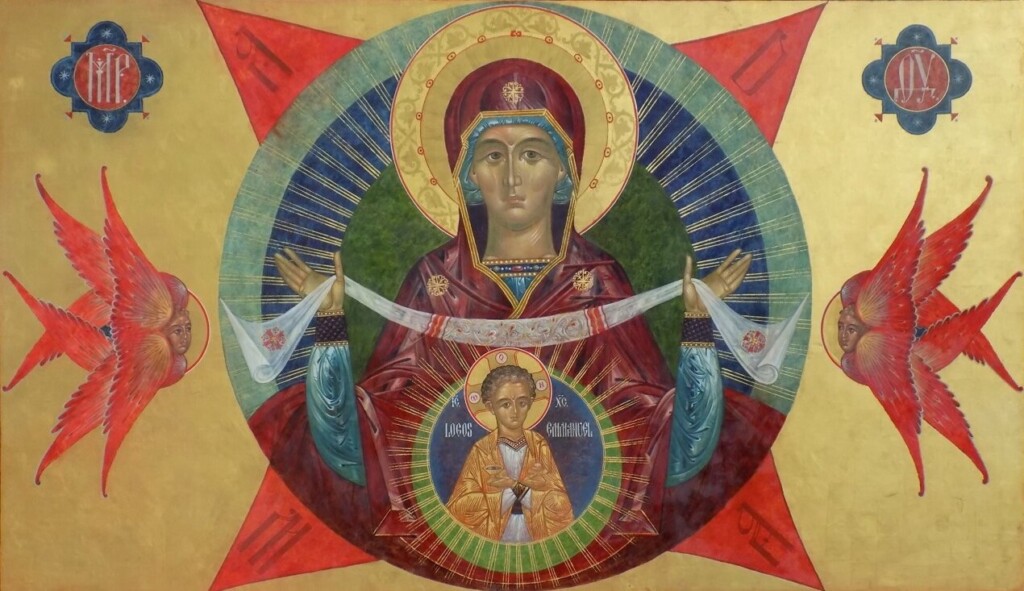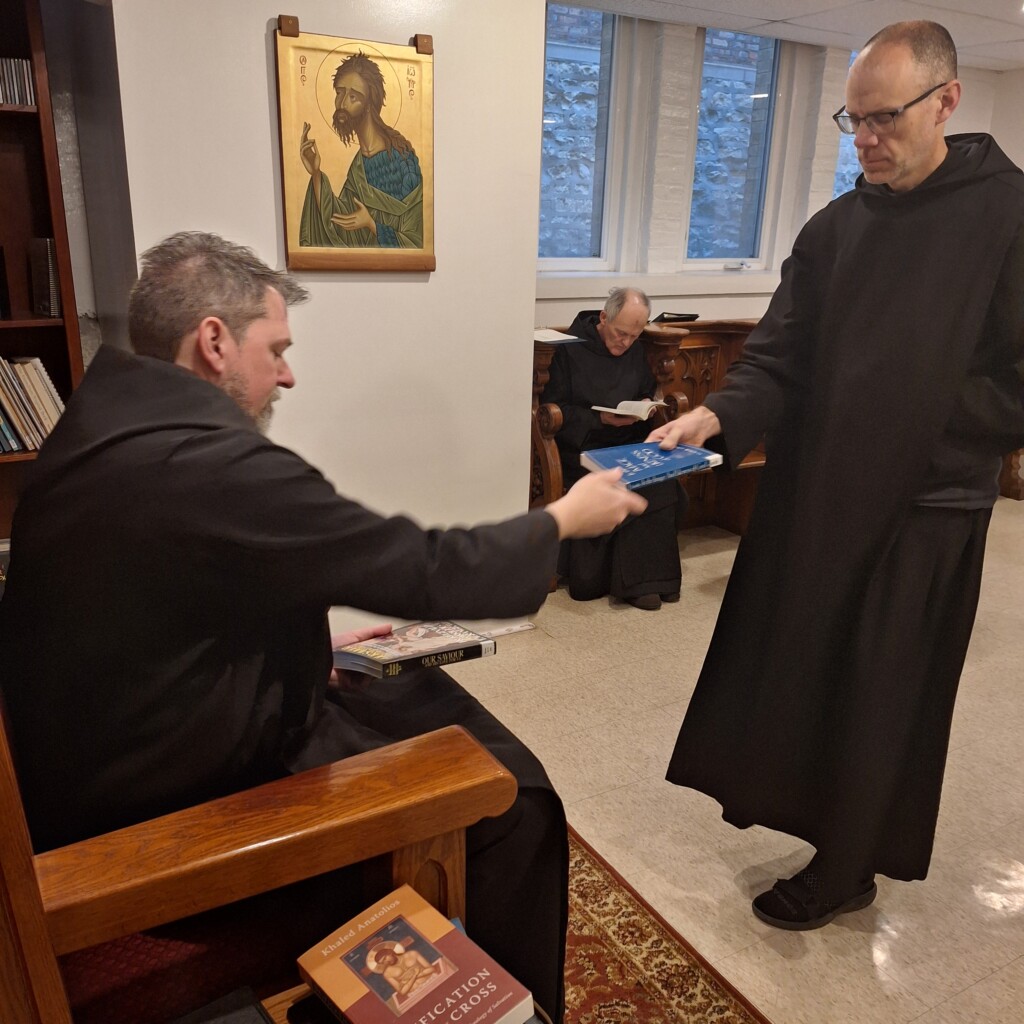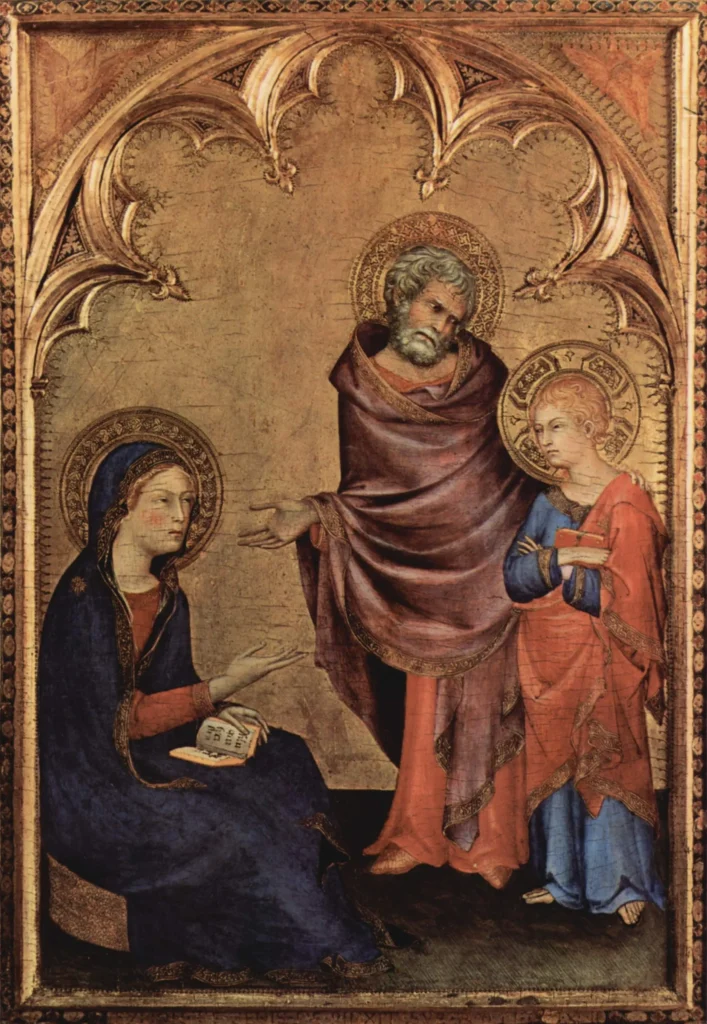What makes Our Lady such a powerful intercessor when we are in need? All the saints agree that we can do no better than to turn to the Blessed Virgin Mary.
In the beautiful prayer called the Memorare, we address her in this way: “Remember, O most gracious Virgin Mary, that never was it known that anyone who fled to your protection, implored your help, or sought your intercession, was left unaided.”
Now, Mary does not grant our requests directly. Rather, she takes them to her Son, Jesus Christ. And He seems very willing to grant her requests, even when they happen to be, let’s say, “tangential” to God’s own plan.
What I mean by this is illustrated in the story of the wedding at Cana. Mary goes to Jesus to inform Him that the host has run out of wine. She clearly hopes that He will remedy the situation, even if He must perform a miracle to do so. In response, Jesus indicates that her request requires a bit of an adjustment to the schedule of His ministry. He says, “My time has not yet come.” Notice that He doesn’t yet say whether He is going to give a favorable response to Mary’s request.
But even before He agrees to do anything, she tells the servants to do whatever He tells them. She fully expects that her Son will grant her what she is asking. From where comes this confidence?
The answer is simple: Mary knows that she can ask her Son anything, because He knows that God can ask Mary anything.
When the angel Gabriel announces that Mary will bear God’s Son, she surely has some foreboding of what the cost of agreeing might be. But she says, “Let it be done to me.” In this way, she provides the perfect complement to Jesus, Who says, “not my will but thine be done.” Both are willing to do whatever the Father asks, practicing perfect, trusting obedience even unto death, as we will hear many times during Holy Week.
Today, we commemorate that mysterious day when God sought out the young Virgin and, with a ready heart, she said, “Yes,” to Him. She could not have known what this would eventually entail. She knew from the examples of Abraham and Sarah, Jacob and Rachel, Moses, Jeremiah and Jonah that God’s call may well involve great sorrows along the way. But in faith, she also believed that one day God’s victory would bring great joy.
Now, just as Mary was invited to become the Mother of God and carried the life of God’s Son within her, so each of us, in our baptisms, was invited to say “yes” to God and bear the life of Christ within us. We now have the charge of nurturing this divine life and becoming part of the mystery of the Incarnation, as members of Christ’s Body. Our baptismal vocation requires us to listen each day for God’s invitation to enter more deeply into the mystery by our ready obedience to whatever He asks of us.
How ready am I to say “yes”? How much do I trust that God’s glorious plan will be worked out in me, especially when it involves walking through many trials on the way?
Now as it happens, today is a very significant day in the history of our community. On March 25th, 2000 our founders said their definitive “yes” to God’s invitation to follow Him in the Benedictine way of life. And so today, we celebrate the 25th anniversary of our community’s entrance into the Benedictine Confederation.
Our founders did not know what the ensuing twenty-five years would look like. I’ve been around for all of them, so I can say that this time has brought both joy and great hardship, including moments when it appeared that the community could not survive. But God has been faithful through it all, and He continues to invite us to follow His plan, no matter what.
We have also known, first-hand, the power of Our Lady’s intercession. This is why, at the top of the icons above the altar, we have placed Our Lady of the Protecting Veil. When I was a newly-arrived monk, we encountered one serious crisis that had us considering a move away from Chicago. We decided first to make a pilgrimage to the National Shrine of the Immaculate Conception and ask for her help.
Shortly afterward, a man came to stay at our bed and breakfast. His professional expertise happened to be exactly what we needed to solve the problem that had been plaguing us.
This is only one of many such instances. After all, it was probably the Mother of God who brought us here in the first place to reopen this church dedicated to her Immaculate Conception. Today, as we renew the covenant in Christ’s Blood, let us renew our desire to say “yes” to whatever God asks of us, and to seek Our Lady’s help whenever we are in need, knowing that her generous “yes” was and is the beginning of our salvation.


